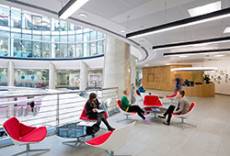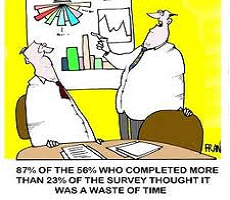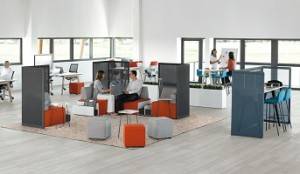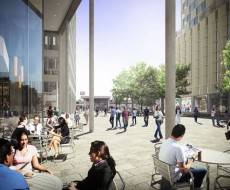April 29, 2014
Ska rating is shaping the future of sustainable office design
 We all know the ways in which we can ‘do our bit’ at home – turn off the lights when you leave a room, only boil as much water as you need, recycle as much as you can. At work however, it can be all too easy to forget and ignore the impact we have on our environment. Intelligent and inspired office design can not only increase productivity and employee wellbeing, but also be sustainable and provide financial benefits as a result. Although there were established tools for assessing the environmental impact of whole buildings, such as BREEAM and LEED, the certification of fit-outs, especially on existing buildings, had previously been unsatisfactory. To address this, the Ska Rating method was developed by the Royal Institution of Chartered Surveyors.
We all know the ways in which we can ‘do our bit’ at home – turn off the lights when you leave a room, only boil as much water as you need, recycle as much as you can. At work however, it can be all too easy to forget and ignore the impact we have on our environment. Intelligent and inspired office design can not only increase productivity and employee wellbeing, but also be sustainable and provide financial benefits as a result. Although there were established tools for assessing the environmental impact of whole buildings, such as BREEAM and LEED, the certification of fit-outs, especially on existing buildings, had previously been unsatisfactory. To address this, the Ska Rating method was developed by the Royal Institution of Chartered Surveyors.





























April 7, 2014
Can building design presage a fall from grace for the world’s tech giants?
by Mark Eltringham • Architecture, Comment, Technology, Workplace design
More →